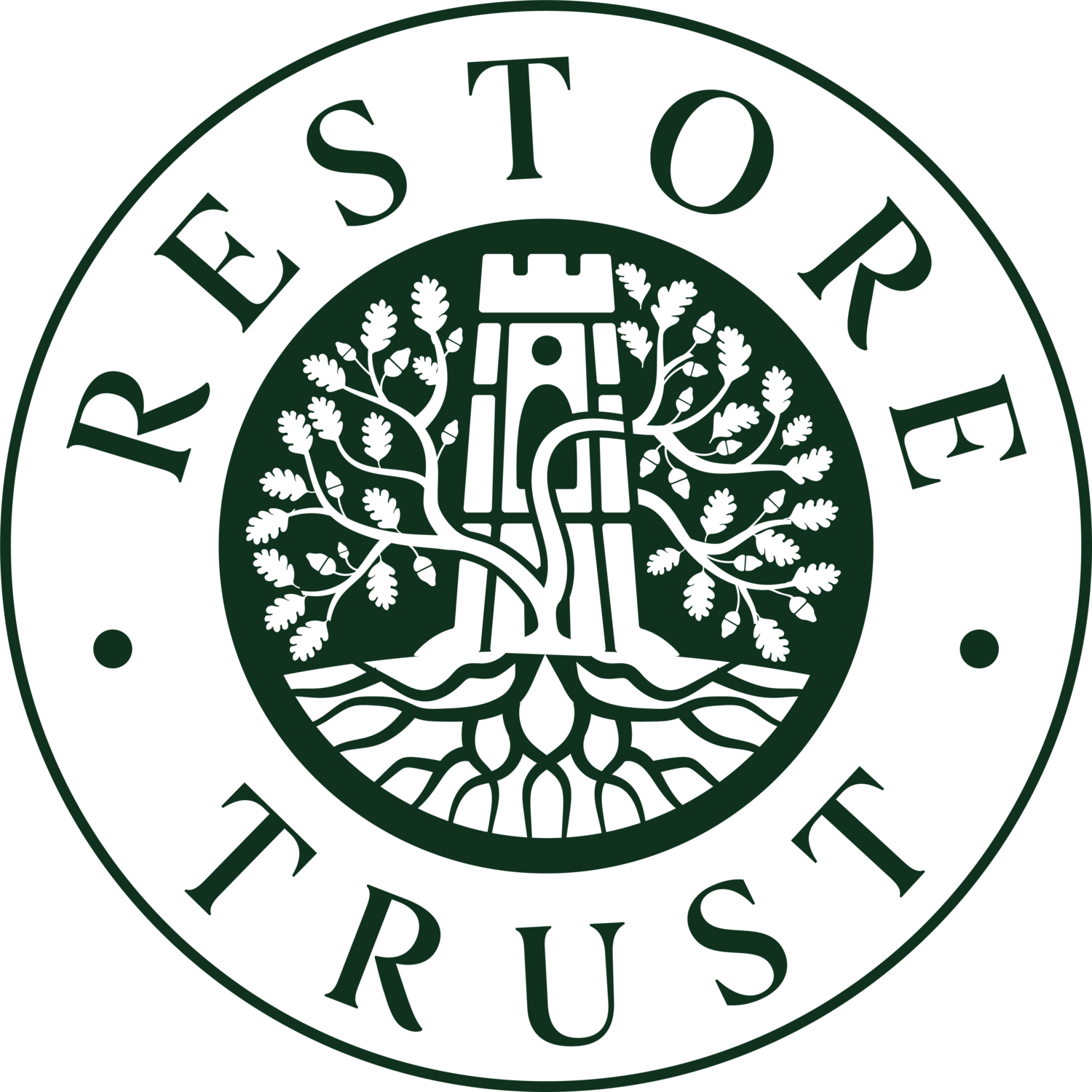Plant hunters are not all they seem
The Croome Court estate in Worcestershire, formerly the seats of the Earls of Coventry, has had something of a chequered history. Premature deaths and the succession of distant cousins to the earldom sent the family into a more modest property; in1948, after a familiar tale of wartime requisition, the mansion was sold. The National Trust purchased 470 acres of the estate – the central part of Capability Brown's landscape – in the 1990s with a grant from the Heritage Lottery Fund.
For the main house various incarnations followed – including as a Hare Krishna spiritual centre – before it was bought by the Croome Heritage Trust in 2007. The National Trust leases the house from the CHT; it therefore controls almost the entire Croome estate, with the exception of the spectacular walled garden, which is also open to visitors.
Croome represents some of Capability Brown’s finest work, and in its heyday the gardens and parkland commissioned by the 6th Earl of Coventry rivalled Kew Gardens for their biodiversity. As such the estate is of particular interest to horticulturalists, and has been the focus of study for some time. There is now, however, something very odd (but perhaps depressingly predictable) going on. A guidebook to Croome by Matt Shinn, first published in 2016, was updated this year; it contains the following statements.
[T]he groves of trees that dot the landscape were a cut above what might have been seen at other properties. Set out in ‘Capability’ Brown’s trademark style as a series of different shrubberies that draw the eye, the trees here were often rarities. The 6th Earl had a passion for collecting. He was one of the first to employ ‘plant hunters’, and when his friends went abroad, he asked them to bring back seeds.
Some of the plants at Croome come from Captain James Cook’s expeditions to the South Seas; others are from Russia and East Asia. ‘Plant hunting’ in the colonial era sometimes had a detrimental effect on the people and ecologies of the places where it occurred. The National Trust is working to understand how Croome’s parkland connects to this history.
The last part comes as no surprise, given the National Trust’s recent obsession with tainting whatever it can with a “colonial era” label. But what is meant by “colonial era” in this instance? Russia was never a British colony, and nor was “East Asia”, if that means countries such as China, Korea and Japan. As for the South Seas, Brown’s major work at Croome dates from the 1750s and 1760s; the Endeavour didn’t return until 1771. If there is a connection between Cook’s voyages and Croome, it requires further explanation. There was already a rapidly expanding domestic nursery trade in ‘exotics’ at this time, so it seems most likely that Lord Coventry was simply an enthusiastic patron of these nurseries, as were many of his contemporaries. If that was not the case, however, then which exactly are these “colonial era” plants in the gardens at Croome, how are they defined, and why aren’t they named?
There are other problems with the description. It is simply wrong to describe Lord Coventry as “one of the first to employ ‘plant hunters’”. The practice of gathering plants from further afield dates back at least to about 1500 BC, when Pharaoh Hatshepsut of Egypt sent an expedition into the Land of Punt to search for incense trees. Non-native plants poured into Europe from as far afield as India through the Roman trade routes; in the modern period John Tradescant the Elder brought plants back from Russia and North Africa, while both he and his son imported plants from the American colony of Virginia. As both were in turn royal gardeners, it is not as if the venture was obscure.
As for the “detrimental effect on the people and ecologies of the places where it occurred”, what examples are alluded to? If the writer has in mind the plant hunters who damaged landscapes in search of orchids in the Amazon or flower bulbs in China, or even those who denuded areas of the West Country of their rare ferns to satisfy the Victorians’ pteridomania, these have no connection to Croome. Why leave such an accusation hanging without even showing how it is relevant?
Whatever damage may have been caused by the search for ornamental plants, it is as nothing compared to the habitat destruction occasioned by the establishment of plantations for economic plants such as rubber and oil palm trees – not just in the British Empire, but in the Dutch, French and Spanish empires also. Indeed, the British learned from the French, transferring plants between their holdings in the Indian ocean and the West Indies. This habitat destruction continues today, worse than ever – especially in Indonesia, South America, East Asia – long after the era of colonialism.
Brown’s signature tree, the Cedar of Lebanon, originated, as the name suggests, in Lebanon and Syria. Later trees at Croome are likely to have come from the Pacific North West. Croome was an early centre for planting new and exciting American plants – obtained largely through Philadelphia farmer John Bartram’s arrangement with London merchant Peter Collinson, which supplied both collectors and the emerging nursery trade. Other American collectors followed suit. There was no colonial exploitation here, but a commercial relationship that suited both parties – who became, moreover, friends. There was also a strong Quaker network – several of the key nursery owners were, like Collinson, Quakers.
There was a time when NT guidebooks were scholarly, and regularly contained ground-breaking new research that helped visitors understand afresh the historic properties in its care. The facts are well known, or at least easily discoverable, so why the speculation? The National Trust cannot go on jabbing a postcolonial finger at history, while hoping that no one will notice. Bring back the experts; bring back the knowledge; bring back the high standards of the not-so-distant past.



